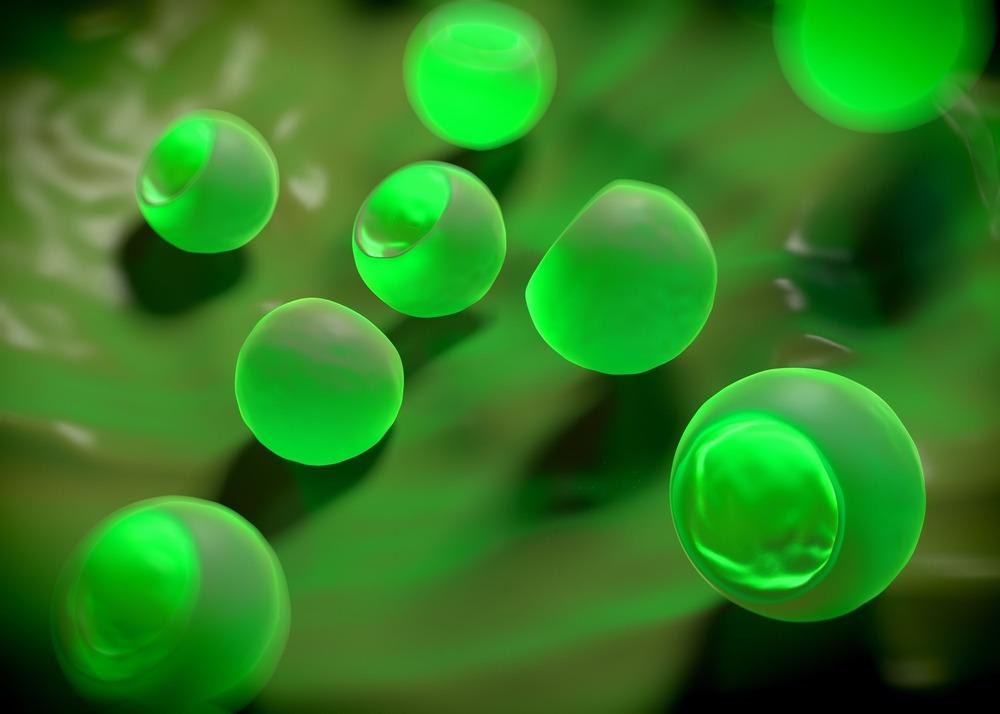In an article available as a pre-proof in the journal Carbon, researchers used electrospinning methodologies to develop an air cathode built of self-sustaining nitrogen-doped reduced graphene oxide@carbon nanofiber (N rGO@CNF) hybrid sheets suitable for microbial fuel cells.

Study: Self-supporting nitrogen-doped reduced graphene Oxide@Carbon nanofiber hybrid membranes as high-performance integrated air cathodes in Microbial fuel cells. Image Credit: Peddalanka Ramesh Babu/Shutterstock.com
Microbial Fuel Cells for Bioenergy Production
It is critical to develop eco-friendly and sustainable technology in light of rising climate change consequences and global energy demand.
Microbial fuel cells (MFCs), a developing biological electrolytic system with good prospects as a maintainable bioenergy generation system, have piqued scientists' curiosity for the past few years since they can concurrently produce electricity as well as treat water waste by transforming chemical energy contained in organic material to electricity with the help of microbes and fuel (usually wastewater).
MFC outperforms alternative methods for producing energy from biological material in terms of operating and functional characteristics, such as excellent direct effectiveness, ambient temperature functioning, and no need for supplementary energy or gas treatment.
Composition of a Typical MFC
The organic materials undergo oxidation in the anode compartment, generating protons and electrons. The electrons then move via an exterior circuit, yielding electrical energy, whereas the protons move to the cathode compartment via the electrolyte, in which they interact with the electron acceptors (O2). This results in the oxygen reduction reaction (ORR), which produces water using a two-electron or four-electron mechanism.
The electron receptors in the cathodic chamber have a critical role in energy production via microbial fuel cells; oxygen from the air is the best electron recipient because it is readily available and inexpensive. Since the slow ORR conducted in the cathodic chamber is considered the main hurdle, and improving ORR may considerably boost the total MFC effectiveness, MFC output is highly reliant on electrode performance, particularly that of the cathode.
How to Improve Performance of Air Cathode in MFCs
In a singular chambered microbial fuel cell, the typical air cathode comprises of three parts: the catalytic layer (CL), the substrate or the supporting layer (SL), and the conducting gas diffusion layer (GDL). Since the effectiveness of the air cathode is mostly determined by the catalytic layer, substantial research into catalyst designing and development has been carried out to enhance ORR taking place in the air cathode.
Thanks to their high catalysis performance, composites based on platinum (Pt) are currently the most widely utilized catalytic materials, but their industrial applications have been restricted by their significant prices, limited availability, and vulnerability to deactivation induced by biofouling and poisons in MFC settings.
Carbonaceous materials have come to the fore as excellent air cathode catalytic materials for microbial fuel cells as compared to platinum and other metallic catalysts, owing to their inexpensive prices, great stability, toxin tolerance, and excellent catalysis performance in ORR, making them viable substitutes to Pt-based catalysts.
Influence of Heteroatom Doping
One of the most successful ways for improving the ORR performance of carbonaceous materials has been established to be heteroatom doping. Injecting nitrogen (N) into the carbon framework activates electrons by creating charge spots, resulting in increased ORR catalysis performance.
Owing to the ease of agglomeration of carbon-based nanomaterials, which can obstruct catalytically active spots, the ORR effectiveness of carbonaceous composites doped with heteroatoms is still not optimal. Reduced graphene oxide (rGO) is presently utilized as an alternative form of carbon-based material to produce carbon-carbon hybrids for ORR usage. The blend of rGO and N-injected nanocarbons has a higher conductance, meaning more active spots for ORR are available.
Key Findings of the Study
In this paper, self-sustaining N-injected rGO@CNF hybridized membranes were effectively constructed using an electrospinning approach involving the addition of graphene oxide to a polyacrylonitrile (PAN) mixture followed by thermal processing in an NH3 setting.
The constructed rGO@CNFs can be used as embedded cathodes in microbial fuel cells directly. Their architectures, make-up, and texture were studied, as well as their electrolytic characteristics and MFC effectiveness, which were examined against pure NCNF and CAC electrodes.
The test results showed that rGO@CNFs outperformed the pure NCNF and CAC in terms of MFC effectiveness and ORR activation. In addition, the quantity of rGO incorporated in CNF had a significant impact on ORR activity and MFC effectiveness. On the basis of these findings, electrospun self-sustaining rGO@CNF hybridized membranes are suggested to be viable direct cathode options in MFCs.
Reference
Xu, M., Wu, L., Zhu, M., Wang, Z., Huang, Z.-H., & Wang, M.-X. (2022). Self-supporting nitrogen-doped reduced graphene Oxide@Carbon nanofiber hybrid membranes as high-performance integrated air cathodes in Microbial fuel cells. Carbon. Available at: https://www.sciencedirect.com/science/article/pii/S0008622322001968?via%3Dihub
Disclaimer: The views expressed here are those of the author expressed in their private capacity and do not necessarily represent the views of AZoM.com Limited T/A AZoNetwork the owner and operator of this website. This disclaimer forms part of the Terms and conditions of use of this website.